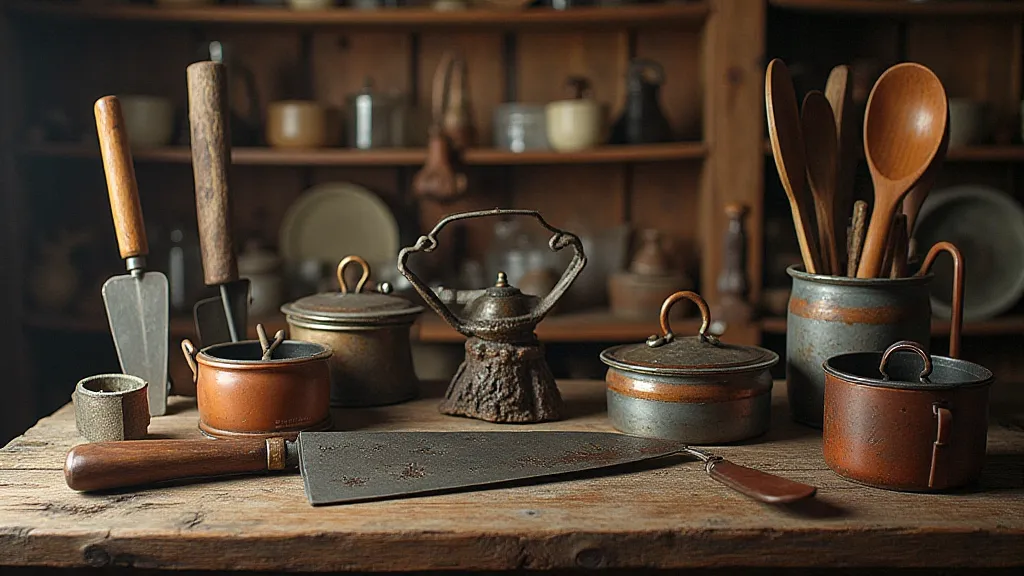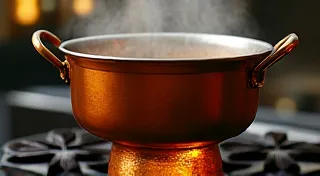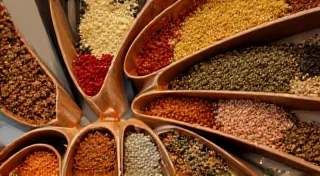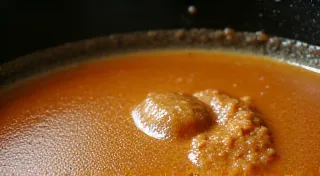The Obsidian Edge: Honing Discipline in the Culinary Narrative
There's a quiet intimacy in the kitchen. A space where the clatter of pans, the sizzle of butter, and the rhythmic thump of a cleaver against a wooden cutting board weave a comforting symphony. It’s a narrative not of grand pronouncements, but of delicate precision, of tactile understanding, of translating an idea – a recipe, a memory, a feeling – into tangible form. And at the heart of that narrative lies the knife.
I remember my grandfather’s hands. Weathered, strong, and surprisingly gentle when he held his chef’s knife. It wasn’t a fancy knife, no gleaming stainless steel or ergonomic grip. It was a simple, well-used carbon steel blade, a relic from his years working in a bustling Parisian bistro. He’s gone now, but the memory of him patiently demonstrating a basic dice – the rhythmic whoosh of the blade, the pile of uniformly cut vegetables – remains vivid. He didn't just teach me how to cut an onion; he instilled in me a respect for the process, an understanding that mastery comes from repetition, from attention to detail, from accepting that perfection is a journey, not a destination.
The connection between knife skills and creative writing, at first glance, might seem tenuous. Yet, the discipline cultivated in the kitchen—the focus, the repetition, the iterative refinement—resonates deeply with the craft of writing. Both require a ruthless editing process, a willingness to discard what doesn’t serve the whole, and an unwavering commitment to clarity and precision.

The Anatomy of Focus
Consider the humble dice. A seemingly simple technique, but one that demands unwavering attention. A hurried cut leads to uneven pieces, compromising the final dish. Similarly, in writing, a careless sentence, a misplaced comma, can derail the reader’s understanding and dilute the impact of your message. The kitchen is a crucible for focus, forcing you to be present in the moment, acutely aware of each movement, each decision.
The precision demanded by knife skills also fosters a heightened awareness of structure. Just as a chef considers the layering of flavors and textures in a dish, a writer must carefully construct sentences, paragraphs, and chapters to create a cohesive and compelling narrative. The arrangement of ingredients—the contrast of colors, the interplay of textures—mirrors the careful orchestration of language to evoke emotion and convey meaning.
Think about brunoise, the smallest of the vegetable cuts. Achieving it requires a level of focus that borders on meditative. Each cut must be identical, precise. The same goes for crafting a truly impactful sentence. Each word must be selected with deliberate care, each phrase contributing to the overall effect. There’s a beauty in that restraint, a power in that economy of language.
The Craftsmanship Connection
My grandfather’s knife wasn't mass-produced. It was forged, sharpened, and maintained with a reverence for the craft. The same ethos applies to other cherished objects—antique accordions, meticulously restored motorcycles, hand-stitched leather goods. These objects tell stories of dedication, of artistry, of a time when things were made to last.
There's a certain romance in the restoration process. Imagine carefully dismantling an old accordion, meticulously cleaning each reed, repairing the worn bellows, painstakingly reassembling the instrument. It’s a labor of love, a way of connecting with the past, of preserving a piece of history. The process demands patience, attention to detail, and a deep appreciation for the original craftsmanship. It’s a reflection of respect for the creator's vision, a determination to breathe new life into a forgotten treasure.
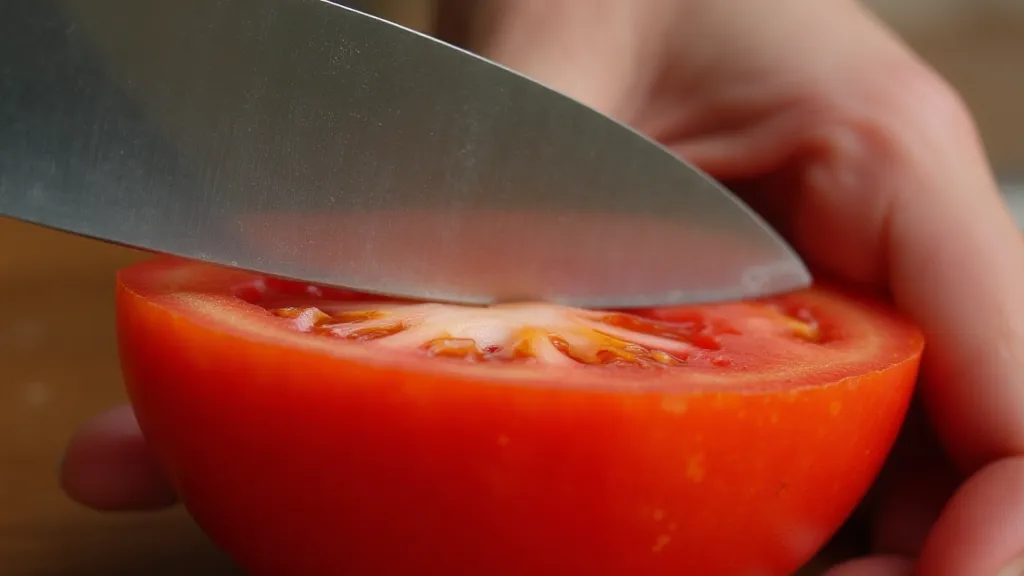
Beyond Technique: The Emotional Resonance
Beyond the technical skills, knife work offers a surprising emotional release. The repetitive motion, the focused attention, can be profoundly calming. There’s a satisfaction in creating something beautiful and functional from raw ingredients. The final product – a perfectly diced onion, a precisely sliced carrot – is a testament to your skill and dedication.
This same sense of accomplishment can be found in writing. The hours spent wrestling with a difficult sentence, the frustration of writer's block, are all worth it when you finally arrive at a passage that sings with clarity and grace. The act of creation, whether in the kitchen or at a desk, is a deeply human experience, a way of expressing ourselves, of connecting with the world around us.
Consider the fragility of a carbon steel blade. It requires careful maintenance – regular honing, oiling, and protection from rust. It’s a reminder that even the most beautiful and useful tools require care and attention to remain in good condition. Similarly, our writing needs constant refinement, constant editing, constant revision.
Finding the Obsidian Edge
The “obsidian edge” isn't about achieving perfection; it’s about embracing the discipline, the focus, and the attention to detail that are essential for mastery. It’s about finding the quiet satisfaction in the process, the beauty in the repetition, the power in the precision. Whether you're wielding a chef's knife or a pen, the principles remain the same: observe, refine, repeat. Cultivate the focus. Appreciate the craft. And find the joy in the creation.
My grandfather rarely spoke about his culinary training in Paris. But I understood, watching him, the unspoken lessons he imparted. The importance of respect – for the ingredients, for the process, for the tradition. The power of focused attention. The beauty of a perfectly executed cut. These are lessons that transcend the kitchen, lessons that resonate in every aspect of a well-lived life, lessons that sharpen the “obsidian edge” within us all.
